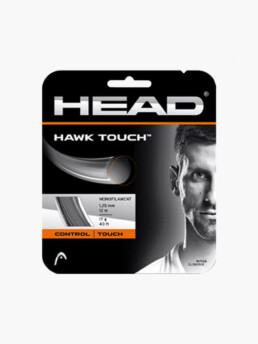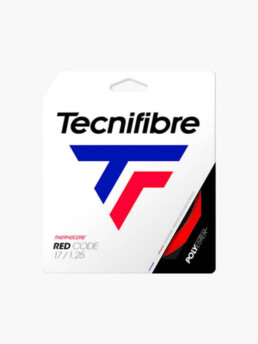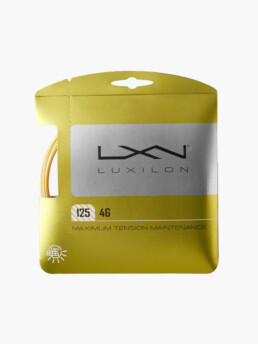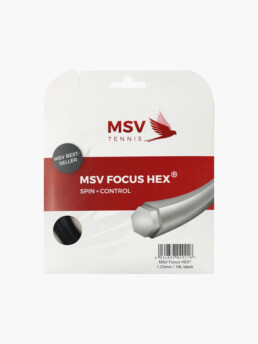Tennis String Gauge Guide: Power, Control & Spin Explained
Choosing the Right Tennis String Gauge
Selecting the right string gauge is crucial for optimising your spin, control, comfort, and durability. The right choice depends on factors like your playing style, physical condition, string type, and how often you break strings.
How to Choose the Right Gauge? Let’s break it down!




Power Players / Hard Hitters: Thicker gauge (15/16 | 1.30 – 1.40mm)
- If you hit with heavy pace and frequently break strings, a thicker gauge provides extra durability.
Spin-Oriented Players: Thinner gauge (17/18/19 | 1.10 – 1.20mm)
- A thinner string bites into the ball more, enhancing spin potential.
Control-Oriented Players: Thicker gauge (16 | 1.25-1.30mm)
- Offers better precision and consistency over time.
All-Court / Balanced Players: (16 or 17 | 1.20-1.30mm) gauge
- A mix of durability, feel, and spin, making it an excellent middle ground.
String Type & Material
Polyester Strings (Poly)
- Already stiff and durable → Players often go thinner (17 or 18 | 1.15 – 1.25mm) for extra feel and spin.
Natural Gut / Multifilament
- Softer strings → Players may use thicker gauges (16 | 1.30mm) to improve longevity.
Synthetic Gut
- Balanced durability and feel → Gauge choice depends on your playing style.

